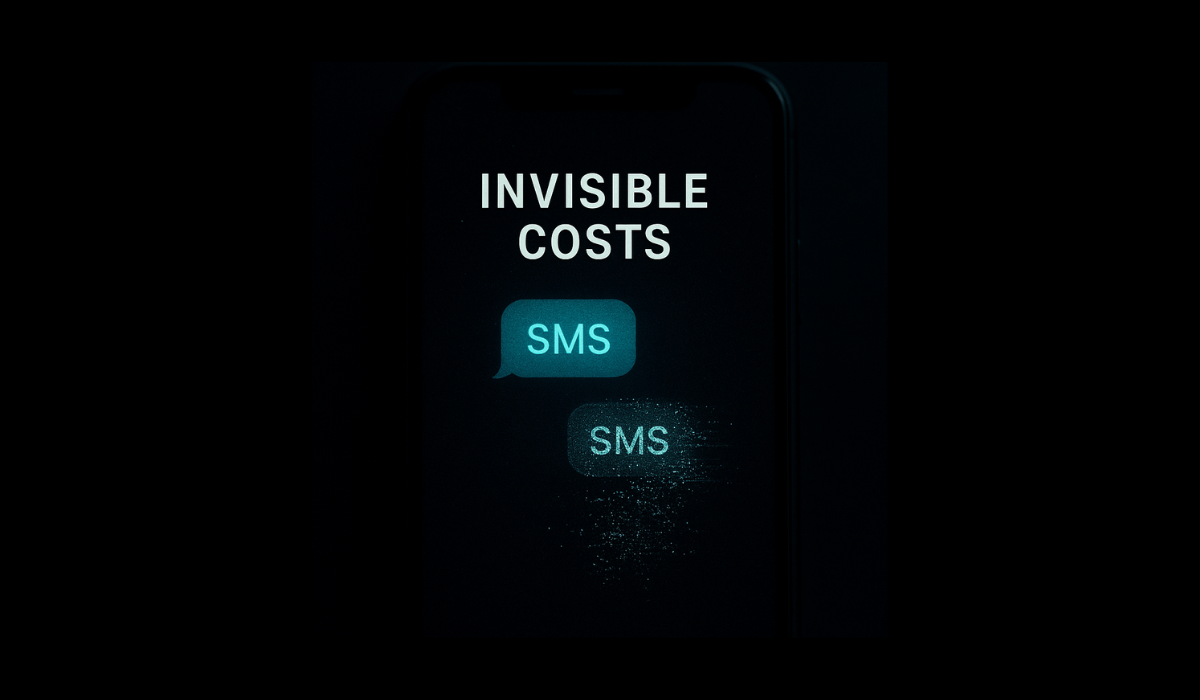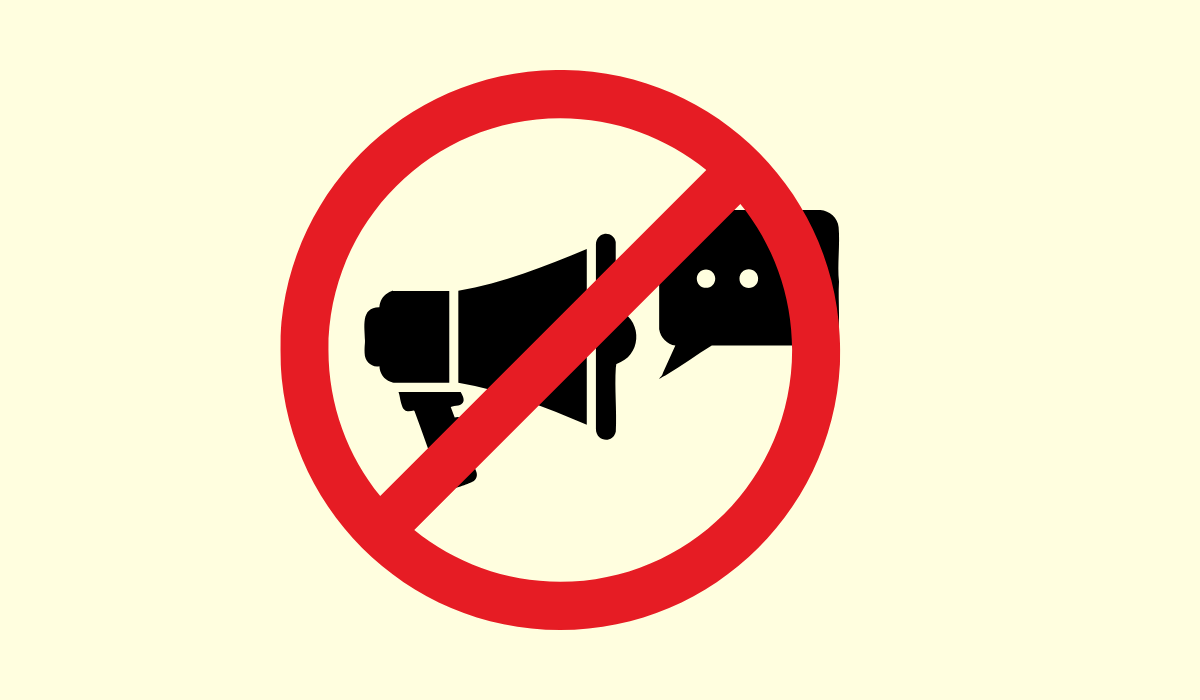Three months ago, your SMS campaigns hit 94% deliverability. Last month, 87%. This month, 81%.
2025 SMS Carrier Restrictions That Will Shock Small Business Owners
$10,000 per text? Yup. Carrier fines for forbidden SMS content are real.

SMS campaigns often boast high open and response rates. But a growing crackdown has made mobile carriers strict enforcers, with the power to block messages, fine businesses, or shut down campaigns. Compliance is now essential—violations are costly.
This guide explains what’s changing, what businesses need to know, and how to keep SMS campaigns compliant and deliverable.
The Carrier Crackdown: What Changed and Why It Matters
Just a few years ago, SMS marketing was the Wild West. Businesses bought phone lists, blasted out promotional texts, and hoped for conversions. But consumer backlash grew—84% of people said they received texts from businesses they never subscribed to. Carriers had enough.
Now, every SMS campaign is subject to scrutiny. Carriers like T-Mobile, Verizon, and AT&T are enforcing industry guidelines with real consequences: message blocking, campaign suspensions, and fines up to $10,000 per violation.
This isn’t just about spam—it’s about consumer trust. Carriers want to preserve SMS as a channel people actually pay attention to. For small businesses, this means following the rules or facing the consequences.
The Foundations of Compliance: TCPA, CTIA, and Carrier Rules
TCPA: The Legal Line You Can’t Cross
The Telephone Consumer Protection Act (TCPA) requires businesses to get prior express written consent before sending marketing texts. Violations can cost $500–$1,500 per message—and yes, that adds up fast. Class action lawsuits have bankrupted companies that didn’t comply.
New FCC updates rolling out through 2025 tighten the rules even more, closing loopholes around third-party lead sharing. If a user didn’t directly consent to you texting them, you’re out of compliance.
CTIA: Industry Standards with Teeth
The CTIA Messaging Principles are technically guidelines—but carriers treat them like law. They cover message disclosures, opt-in transparency, frequency, and required keywords like STOP and HELP.
Break these standards and carriers can block your number or shut down your campaign, even if you followed TCPA. In short: CTIA is the rulebook for staying in carriers’ good graces.
Carriers as Enforcers: The New Gatekeepers
Carriers now actively monitor SMS traffic for violations. They require all business messaging to flow through registered, approved channels. That means registering with 10DLC—the new standard for business texting—and sticking to your approved content. Fail to comply, and your texts may never reach your audience.
The 10DLC Revolution: Registration Isn’t Optional Anymore
What Is 10DLC?
10DLC stands for 10-digit long code—a local number used for Application-to-Person (A2P) messaging. It’s the new gold standard for business texting, replacing the days of using personal numbers for bulk messages.
Businesses must now register their brand and campaigns through The Campaign Registry (TCR). Each campaign must include detailed use cases, sample messages, and consent procedures.
What Happens If You Don’t Register?
Carriers now block or throttle all unregistered A2P messages. Some even issue fines for "10DLC evasion"—like rotating numbers to avoid detection. In other words, if you’re texting from an unregistered number, your messages are likely getting filtered or dropped altogether.
How to Register (and Why It’s Worth It)
Work with your SMS platform to complete 10DLC registration:
- Submit your business info and tax ID
- Register campaign types and sample content
- Undergo brand vetting (automated or manual)
Once approved, your messages are tagged and prioritized, giving you higher deliverability and better protection from filters. Yes, it costs a few dollars a month—but it’s a small price to pay to avoid disappearing from your customers’ inboxes.
Content Filters and the Forbidden: What You Can’t Say
The SHAFT Rule: A Fast Track to Getting Blocked
Carriers strictly forbid any content related to Sex, Hate, Alcohol, Firearms, or Tobacco—a set of restrictions known as SHAFT. Even legal businesses in these industries must tread carefully. Some carriers allow exceptions (like age-gated alcohol marketing), but most do not.
Sending SHAFT content without pre-approval will get your campaign blocked and possibly fined.
High-Risk Content: Not Illegal, But Still a Red Flag
Other risky topics include:
- Payday loans
- Cryptocurrency and investment schemes
- Affiliate marketing
- "Get rich quick" or work-from-home offers
Even if these are technically legal, they raise enough red flags to get filtered.
How to Stay Compliant with Content
- Avoid misleading urgency ("Act now or lose your account")
- Use plain language with clear opt-out instructions
- Avoid common spam triggers: ALL CAPS, too many emojis, shady links
Stick to your registered campaign use case. Don’t switch from customer care to promotions mid-campaign—carriers are watching.
Consent Is Everything: Opt-Ins, Opt-Outs, and Record-Keeping
Opt-In Requirements
For marketing texts, single opt-in is allowed—but double opt-in is best practice. Either way, you need to:
- Get clear, affirmative consent (no pre-checked boxes)
- Include disclosures: who you are, message frequency, STOP to opt out
- Store consent records (timestamp, method, contact info)
Using third-party lists or shared leads? Don't. Under 2025 FCC rules, each business needs individual consent.
Opt-Out Handling
When someone replies STOP, you must:
- Immediately unsubscribe them
- Send a one-time confirmation
- Never text them again unless they re-opt in
Failing to honor opt-outs is one of the fastest ways to rack up fines and get campaigns suspended.
Why Consent Builds Long-Term Success
Following these rules doesn’t just keep you legal—it also reduces opt-out rates and increases trust. SMS is intimate. Don’t abuse it.
Getting Deliverability Right: Strategy, Monitoring, and Tools
Avoiding Filters and Blocks
Even compliant messages can get blocked if:
- You exceed daily or per-second limits
- You send identical content in bulk
- You use flagged keywords or blacklisted links
Work with your provider to throttle traffic, rotate message variants, and monitor error codes.
Monitor Performance Like a Hawk
Watch your:
- Delivery rates
- Opt-out percentages
- Carrier error messages
These are your early warning signs. If something dips, investigate immediately.
Use Tools to Stay Ahead
AI and SMS monitoring tools can:
- Flag risky content before sending
- Monitor trust scores and throughput limits
- Suggest edits to avoid filtering
Platforms like Twilio and Noc Solutions offer built-in tools to protect your campaigns. Use them.
The Future of SMS Marketing: AI, Privacy, and Regulation
Carriers aren’t done tightening the reins. The FCC has mandated additional spam blocking technologies and is considering rules around AI-generated messages. States are exploring their own texting laws.
Smart marketers will:
- Automate compliance checks with AI
- Subscribe to updates from CTIA, FCC, and their SMS platforms
- Treat consent as a renewable asset—not a one-time checkbox
Want to win in 2025? Future-proof your program now.
SMS Isn’t Dead—But It’s Growing Up
Carrier restrictions aren’t the end of SMS marketing. They’re the beginning of a new era—one where trust, transparency, and technology determine who gets through and who gets blocked.
If you're a small business owner, this means it's time to mature your SMS strategy:
- Register your 10DLC campaigns
- Follow consent protocols
- Avoid forbidden content
- Monitor your performance
- Stay informed
Play by the rules, and SMS will remain one of your most powerful marketing channels. Ignore them, and your messages might never be seen again.
From the blog
Lorem ipsum dolor sit amet consectetur, adipisicing elit. Ipsa libero labore natus atque, ducimus sed.


SMS Marketing, SMS, sms carrier, tcpa
Why SMS Marketing Might Be Dead in 5 Years—If Carriers Keep This Up
For over a decade, SMS marketing has been the bedrock of mobile engagement. With open rates often cited above 95% and near-universal device compatibility, it seemed indestructible. Yet today, industry insiders are sounding the...

SMS, sms carrier, tcpa, tcpa restrictions
Are SMS Compliance Rules Silencing Free Speech in Marketing?
Few marketing channels are as tightly controlled — yet so widely used — as SMS. Behind every promotional text lies an invisible gauntlet of carrier rules, algorithmic filters, and registration barriers. Most recipients never...